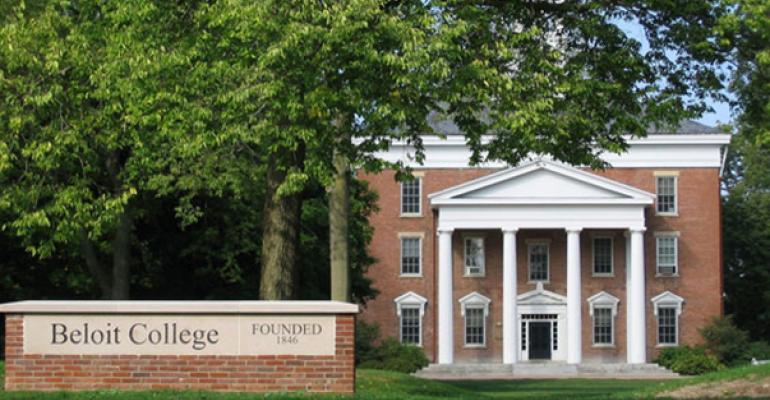Most parents never take advantage of an excellent but little-known strategy to make a bachelor’s degree more affordable: applying to some colleges instead of exclusively to universities.
This can be a challenge for families because of widespread confusion about the differences between these two institutions.
A father in the audience at a recent corporate presentation I gave, which included many highly educated engineers, was puzzled when I urged families to include colleges in their search. He thought I was referring to community colleges. But a college, which hands out bachelor’s degrees just like universities, is quite a different animal than a community college, which awards associates degrees.
A college typically only educates undergraduates. At these institutions, the classes are smaller, there is greater contact with professors, and there are more opportunities for students to find mentors. A greater percentage of students from liberal arts colleges go on to graduate school than students who receive their bachelor’s degrees from universities.
In contrast, the main mission at universities is professor research. Professors get tenure because of their research and not for teaching. Graduate students primarily teach the undergraduates, while undergrads get last priority.
Colleges have to try harder to attract students because they don’t enjoy the same visibility as research universities. And that translates into colleges offering better scholarships and grants to applicants.
For example, Beloit College, a small liberal arts college outside of Madison, Wis., gives scholarships and grants to almost all of its freshmen (95 percent), with an average award of $22,643. Giving discounts to nearly everyone is actually the norm at colleges. Only about 5 percent of freshmen pay full price at private colleges, according to the latest data from the National Association of College and University Business Officers.
In contrast, take Northwestern University, a prestigious brand-name institution that is less than 100 miles away from Beloit. Only 54 percent of Northwestern freshmen get a scholarship or grant from this school in the northern suburbs of Chicago. The average grant is higher at $30,177, but the vast majority of recipients who receive this financial help require need-based aid. The 46 percent of students who paid full price for Northwestern are wealthy freshmen whose parents are willing to $250,000 for their child’s bachelor’s degree.
Making many students pay sticker price is much more common among research universities. According to NACUBO statistics, roughly 33 percent of freshmen at these institutions don’t get any price break.
Universities, and particularly research universities, don’t have to try as hard to attract qualified students, and their pricing reflects that. Universities that are in the position to reject most of their applicants, including places like the Ivy Leagues, Georgetown, the Massachusetts Institute of Technology and Stanford, won’t offer merit scholarships at all.
The vast majority of colleges, however, provide merit scholarships to nearly all of their accepted students. And those tuition discounts are often higher than those offered by universities, according to NACUBO. Further, the education that students receive at colleges can be just as good or even better.





